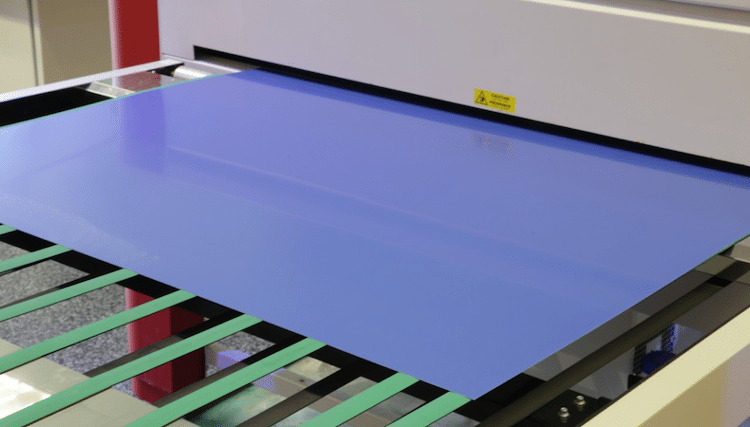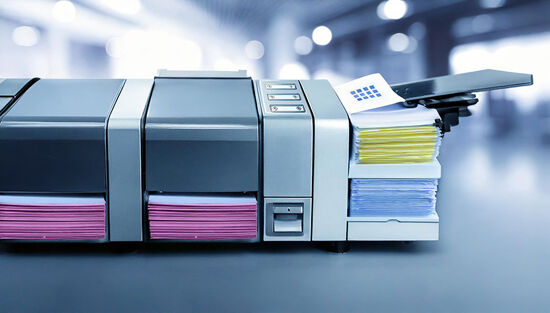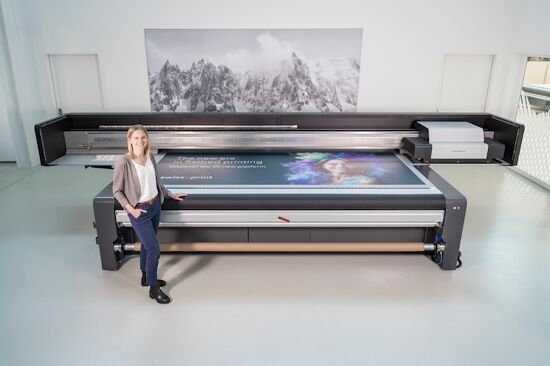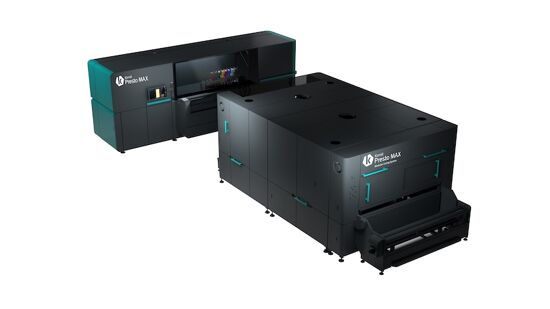Printing plates progress

As digital printing keeps up its steady march across the graphics landscape, it’s easy to forget about progress in conventional printing, writes Laurel Brunner.
In addition to improvements in makeready times and energy efficiency on press, great strides have been made with consumables, especially printing plate technologies. Most attention gets paid to processless plates such as Agfa’s Azura, Fujifilm’s ProT and Kodak Sonora. But these are not the only technologies to have helped drive down environmental impacts.
The bulk of the printing industry still uses processed plates, and here too technology advances have been considerable. Ten years ago thermal plates had to be handled under special lighting and were good for around 150,000 to 200,000 impressions.
They generally had to be baked for longer runs, but baked plates would last for well over a million impressions. Imaging performance was around 200 lpi with resolution at 1-99% and platesetter imaging times were far slower than today’s rate of 70 plates per hour for 8-up plates.
Today thermal plates are daylight safe and platesetters are available that can output 4,000 dpi for high quality applications. And the aluminium used for printing plates can be recycled, generating revenue for printers, saving resources and primary raw materials extraction.
The story keeps improving despite declines in conventional print volumes and the advance of processless plates and digital printing methods. Agfa for instance has introduced the Arkana smart plate processing technology, which only uses small amounts of chemistry to clean the plates, and has a bath life of 15,000m2. The unit can be rinsed out with tap water, so waste and maintenance overheads are reduced.
When processing the Agfa Energy Elite Eco plate, for instance, waste is reduced by 50% compared to other processors and there is no hazardous waste water to dispose of. The secret to these advances and others like them is in the coating technology.
The Energy Elite Eco thermal plate has a dual coating solid enough to print long runs, yet sensitive enough for high quality imaging at 340 lpi and a 1-99% dot resolution. The plate requires no pre- or post-baking and is good for commercial and packaging runs of up to 600,000.
For UV applications it’s good for 150,000 impressions. And the plate has reduced dampening requirements. Across the industry technological develops like this are all helping to cut the environmental impact of print, making both the medium and the business more sustainable.
Source: This article was produced by the Verdigris project, an industry initiative intended to raise awareness of print’s positive environmental impact. This commentary helps printing companies keep up to date with environmental standards, and how environmentally friendly business management can help improve their bottom lines. Verdigris is supported by the following companies: Agfa Graphics, Spindrift.click, EFI, FESPA, HP, Kodak, Kornit Digital, Ricoh, Splash PR, Unity Publishing and Xeikon.
Topics
Interested in joining our community?
Enquire today about joining your local FESPA Association or FESPA Direct
Recent news

Digital Production Printing: The Unsung Hero of Print
Digital production printing, though less visible than large format printing, is a crucial force in the print industry. Sonja Angerer examines this segment, highlighting its focus on everyday print products, diverse technologies and streamlined production via inline finishing. While offering digital printing's benefits of flexibility and personalisation, it faces challenges like declining demand and web-to-print competition. Sonja Angerer sees future success depending on automation, niche specialisation and innovative customer solutions.

The importance of ink for large format printers
Ink is crucial for large format inkjet printers, influencing substrate compatibility, productivity, and cost. Nessan Cleary discusses the three main types which include UV-curable ink, latex ink and eco-solvent ink. Each ink type has specific strengths and weaknesses, making printers choice dependent on budget and intended applications.

What are the benefits of Direct-To-Fabric printing?
Direct-to-fabric printing is gaining popularity for high-volume textile production, enabling on-demand, customized short runs. These printers offer ink flexibility, accommodating various fabric types like cotton and silk, though ink development focuses on faster turnaround by reducing pre- and post-processing. Compared to traditional methods, direct-to-fabric inkjet printing is a more sustainable option due to reduced water and chemical usage, and localized production.

What are the opportunities for large format providers regarding digital touch screens?
Digital touchscreens are becoming increasingly common, offering businesses opportunities to improve customer engagement and streamline operations. Nessan Cleary shares, while more expensive to implement than standard digital displays due to complex software and integration needs, touchscreens provide self-service options, multilingual support, and can reduce staffing costs in various settings like retail, transportation, and healthcare.